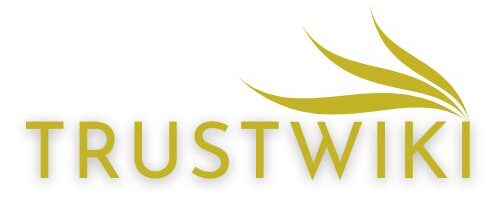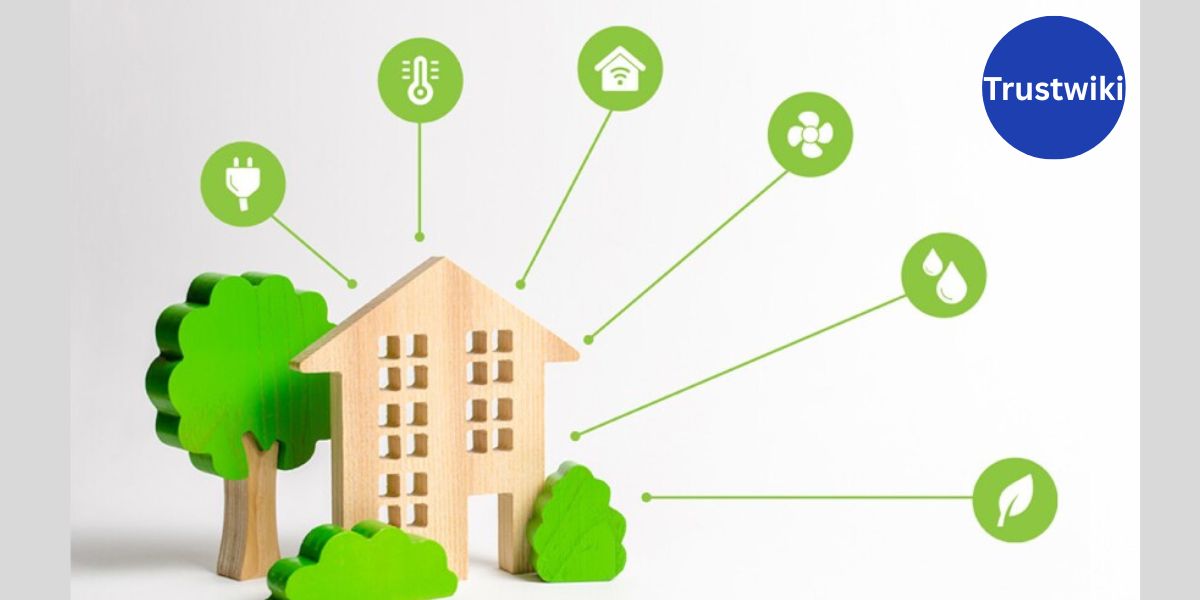The intersection of financial planning and environmental responsibility represents one of today’s most significant opportunities for individuals seeking meaningful impact without economic sacrifice. Many consumers mistakenly assume that environmentally conscious choices inevitably demand premium prices, creating an unfortunate barrier to wider adoption of sustainable practices. Recent innovations in the financial sector have introduced specialized lending products specifically designed to bridge this gap between ecological aspirations and economic reality. Learning how to go green with affordable loans can transform seemingly inaccessible sustainability upgrades into financially viable projects with immediate benefits and long-term returns. These targeted financial instruments offer unique advantages over conventional lending options, including preferential rates, extended terms, and specialized structures that recognize the distinctive economic profile of environmentally beneficial investments across residential, transportation, and lifestyle categories.
Evaluating Green Loan Fundamentals
Green loans differ fundamentally from conventional financing through their specific environmental purpose requirements and performance metrics. Legitimate green financing products require measureable environmental benefits rather than merely funding conventionally efficient purchases. Qualifying criteria typically include minimum efficiency improvements, recognized certification standards, or quantifiable resource conservation metrics. Interest rates for these specialized products generally range 0.25% to 1.5% below conventional loans with comparable terms and credit requirements. Application processes often include environmental impact documentation alongside traditional financial qualifications, requiring borrowers to demonstrate both financial capability and ecological benefit.
Residential Efficiency Financing Strategies
Home energy efficiency improvements offer perhaps the most accessible starting point for green financing. Energy-efficient mortgage (EEM) programs allow borrowers to incorporate improvement costs into primary mortgages, spreading expenses over extended terms at favorable rates. Property Assessed Clean Energy (PACE) financing attaches repayment obligations to property tax assessments rather than personal borrowing, potentially transferring with property ownership upon sale. Home equity lines specifically designated for efficiency upgrades often feature reduced origination fees and relaxed loan-to-value requirements compared to general-purpose equity borrowing. Several credit unions offer specialized “green home improvement” personal loans with unsecured terms significantly more favorable than conventional personal lending products.
Renewable Energy System Financing Options
Solar installation financing has matured into a sophisticated marketplace with multiple consumer-friendly options. Solar loans with built-in tax credit accommodations adjust payment structures when federal incentives materialize, reducing complexity for borrowers. Power purchase agreements (PPAs) eliminate direct borrowing entirely, instead financing systems through third-party ownership with consumer payment for generated electricity. Equipment leasing arrangements minimize upfront costs while providing fixed monthly payments with maintenance coverage. Community solar participation loans enable investment in shared systems for those unable to install individual arrays due to property limitations or rental situations.
Sustainable Transportation Financing Mechanisms
Electric vehicle adoption barriers often include initial purchase price premiums despite lower lifetime operating costs. Specialized EV loans incorporate operating savings into debt service calculations, qualifying borrowers for larger loan amounts than conventional auto financing formulas allow. Manufacturers frequently offer subsidized financing promotions for electric models, particularly during model-year transitions or to accelerate early adoption. Credit union “green vehicle” programs typically extend loan terms beyond conventional auto financing parameters, reducing monthly payments to approximate conventional vehicle ownership costs inclusive of fuel savings. Some innovative lenders offer hybrid loan/lease structures combining ownership benefits with reduced initial obligations.
Water Conservation System Financing
Water efficiency improvements represent an increasingly valuable investment category in drought-prone regions. Rainwater harvesting system loans calculate return on investment through municipal water rate projections, recognizing accelerating cost increases in water-stressed regions. Graywater recycling installation financing offers extended terms aligned with projected water cost escalation rates. Xeriscaping conversion loans provide funding for replacing water-intensive landscaping with native, drought-resistant alternatives, often incorporating rebate programs into loan structures. High-efficiency plumbing upgrade financing frequently qualifies for specialized municipal programs offering interest subsidies or principal forgiveness components based on documented water conservation metrics.
Sustainable Lifestyle Transition Funding
Beyond specific project financing, holistic lifestyle transitions toward sustainability may require broader financial restructuring. Debt consolidation products specifically designed for environmental purpose borrowing can convert higher-interest conventional debt into more favorable terms when proceeds fund qualifying improvements. “Green lifestyle” personal lines of credit provide flexible access to funds for multiple smaller sustainability projects without requiring repeated applications. Several financial institutions offer environmental impact reward programs reducing interest rates when borrowers document additional qualifying improvements during the loan term, incentivizing continued progress beyond initial projects.











